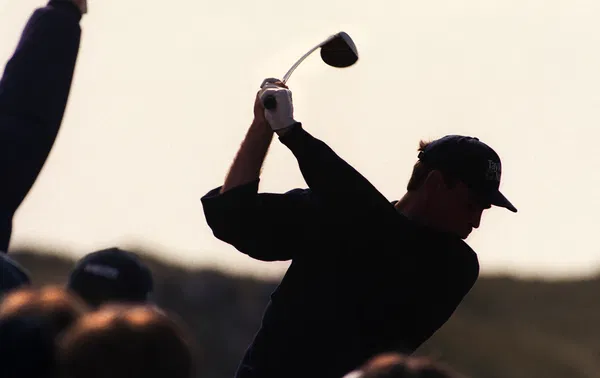
Mastering the Art of Chipping in Golf: Lessons from Tiger Woods’ Iconic Moment
When fans think of chipping in golf, one unforgettable moment likely comes to mind—Tiger Woods’ legendary chip on the 16th hole during the 2005 Masters Tournament at Augusta National. The shot is etched in golfing history not just for its precision, but for the drama: the ball crept toward the hole, paused just long enough to display the Nike logo, then dropped in. Countless golfers have tried to replicate it, but few have come close. Achieving a shot of that caliber demands not just talent, but years of dedication, accuracy, and intuitive judgment. For Tiger Woods, though, moments like that were almost routine.
A dominant force in professional golf with 82 PGA Tour victories, Woods built his reputation not just on power drives, but on an exceptional short game. His chipping skills around the green were nothing short of extraordinary. While many golfers focus on long drives, it’s the finesse in close-range shots that often makes the difference. And this is an area where even top-tier professionals can struggle.
<strong>The Fundamentals of Effective Chipping</strong>
Chipping remains one of the most nuanced aspects of the game. Golf greats like Scottie Scheffler, Rory McIlroy, and Phil Mickelson have leveraged their short game to win tournaments, yet even seasoned pros occasionally revisit the basics when their chipping falters.
According to coaching insights from professionals in the sport, the effectiveness of a chip shot relies on three main components: clubface positioning, swing movement, and body alignment. A common myth in amateur circles is that the clubface should remain open with the sole digging into the turf. While some professionals employ that technique, they also put in relentless hours perfecting the exact point of contact.
For casual or amateur golfers, the key is consistency. It’s better to develop a reliable, repeatable technique than to mimic what tour pros do without sufficient practice. One foundational rule: the back of the clubface—not the sole—should rest on the grass. This angle offers greater control and makes solid contact more achievable, even without extensive practice.
<strong>Swing Mechanics: Clean Contact Is Key</strong>
Chipping success also depends heavily on how the club moves through the swing. The goal is to strike the ball first—cleanly—before touching the ground. A proper downward motion, flowing naturally through impact, reduces mishits and helps maintain control over distance and spin.
Continual practice with this motion enables golfers to make precise contact, focusing more on clean ball striking than worrying about the conditions of the grass or terrain.
<strong>Body Position and Stance: Unlocking Consistency</strong>
An overlooked but crucial aspect of chipping is body posture. Too many golfers approach the ball either too stiffly or with excessive knee bend, disrupting the natural flow of the swing. The ideal posture is one that encourages fluid movement without tension in the arms or legs.
To achieve this, a golfer must stand the right distance from the ball—not too upright, and not cramped. The elbows should remain relaxed, and the stance slightly tilted forward. For right-handed players, this means a slight lean toward the left shoulder, allowing the club to strike the underside of the ball cleanly. However, over-tilting can be counterproductive and lead to missed shots, so moderation is essential.
The key takeaway: don’t bend the knees too much or stand too tall. Instead, find a posture that supports a natural, confident swing with balance and rhythm.
<strong>Bringing It All Together</strong>
Chipping might look simple, but it’s a combination of multiple precise elements. Club positioning, swing flow, and posture must work together seamlessly. With focused practice on these fundamentals, even recreational golfers can start to see improvements around the green. While few may ever match the level of finesse displayed by Tiger Woods in 2005, understanding the essentials can certainly elevate anyone’s game.